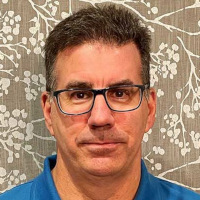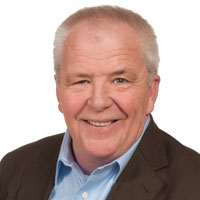Home » hydronic heating
Articles Tagged with ''hydronic heating''
Heating Perceptions | Scott Secor
Jobsite oddities
Strange tales from the field.
November 6, 2024
Hydronics Workshop | John Siegenthaler
How to create your own flush cart for hydronic heating systems
Budget flushing
November 4, 2024
The Boiler Room | Ray Wohlfarth
Avoiding problems on your next hydronic boiler project
Best practice tips when replacing a boiler system.
October 16, 2024
Hydronics Workshop | John Siegenthaler
The convergence of hydronics
Modern hydronic technology binds new technologies and desired outcomes together and creates unprecedented market opportunities.
October 4, 2024
Hydronics Workshop | John Siegenthaler
Follow established piping layouts to prevent reverse thermosiphoning
Reversals revealed.
July 1, 2024
University's new sports complex benefits from hydronic heating and cooling system
Uponor PP-RCT offers a lightweight solution, promoting faster installation and jobsite safety.
June 19, 2024
Hydronics Workshop | John Siegenthaler
Do you understand hydraulic separation?
A simple but powerful design tool.
May 29, 2024
Keep your content unclogged with our newsletters!
Stay in the know on the latest plumbing & piping industry trends.
JOIN TODAY!Copyright ©2024. All Rights Reserved BNP Media.
Design, CMS, Hosting & Web Development :: ePublishing













